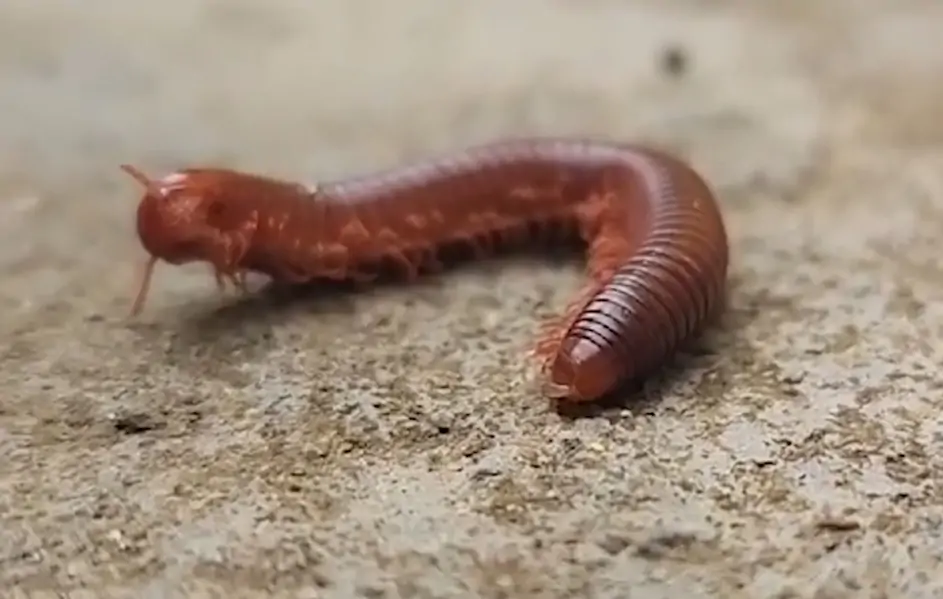St. Vincent (SVG) is seeing an infestation of red millipedes, with major reports from the Grenadines, Layou, Prospect, and other areas across the state. There have been reports that the invasive species have been eating plants and crops in various communities.
Seaports are the most likely ports of entry through which the invasive species may have arrived. The Trigoniulus corallinus (red millipede) is native to the tropical rain forest of Southeast Asia.
While information from the Agriculture Ministry has not been forthcoming, Director of the Centre for Bio-security Studies at the University of the West Indies, Dr. Kirk Douglas, says millipede eggs can be present in soil or attached to plants, and they can be tiny that they are easily missed. Once in the country, the eggs hatch under the right conditions.
In Barbados Acting Chief Agricultural Officer Michael James says insects, pests, and diseases don’t need passports or clearance from customs. They arrive where protocols are ignored.
Here are some species of millipedes found in the Caribbean:
Yellow-banded millipede
Native to the Caribbean, this large millipede has a dark body with yellow bands and dark red legs. Since its discovery in Florida in 2001, it has spread throughout the state.
Anadenobolus monilicornis
This species is native to the Caribbean and can be found in Barbados, Trinidad and Tobago, St. Maarten, Martinique, Dominica, Guadeloupe, Jamaica, Puerto Rico, and Haiti. It has also been introduced to southern Florida.
Rocky Red millipede
This species was first spotted in Barbados by retired consultant entomologist Ian Gibbs. He doesn’t know how they got to the island, but they’re a nuisance in Florida.
Millipedes prefer to live in moist soil beneath decaying leaf litter or mulch. They lack stingers or pinchers to defend themselves from predators.




